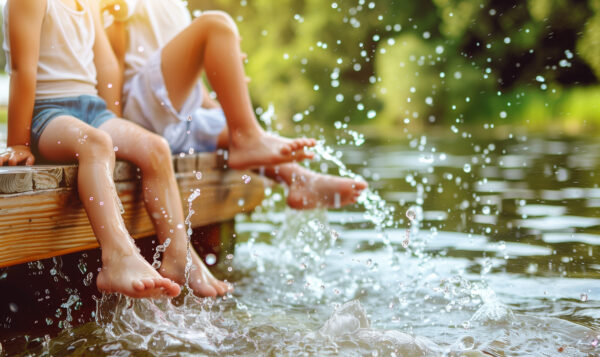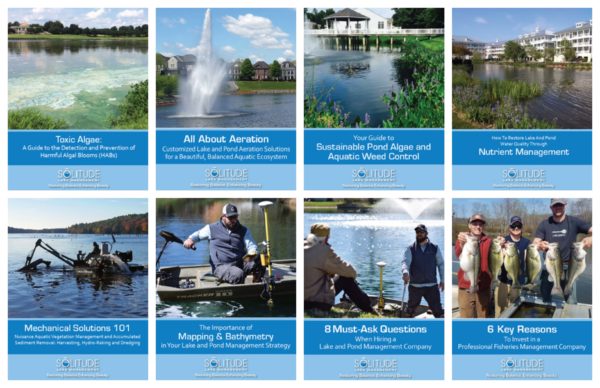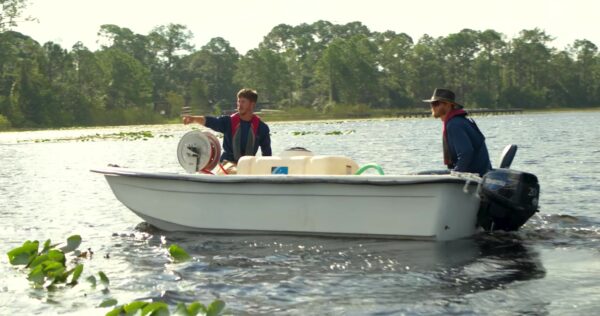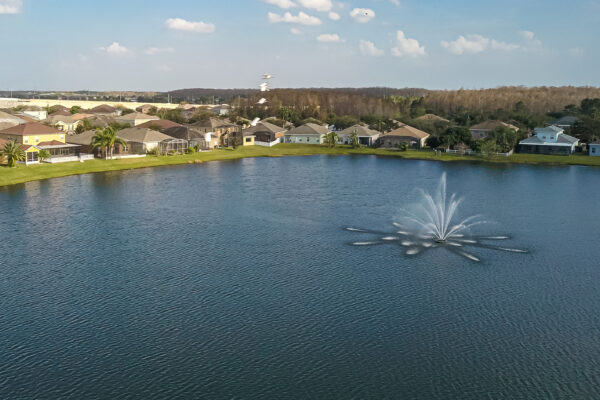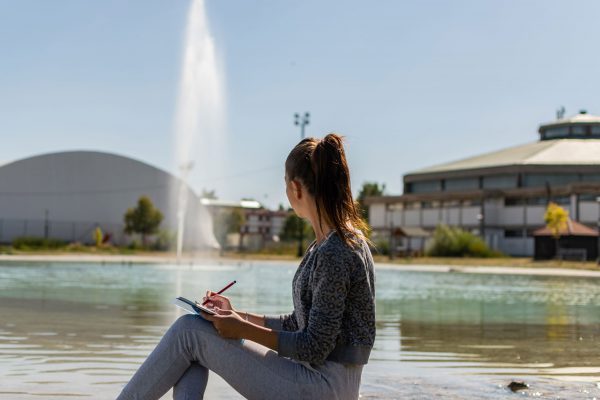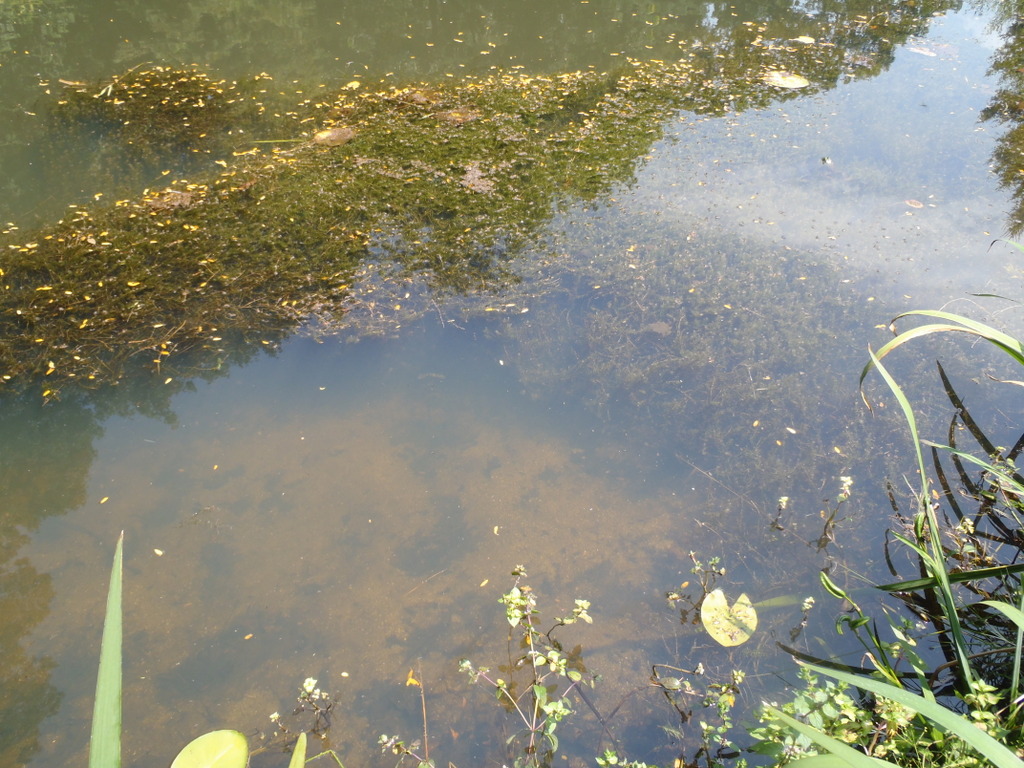
A quiet pond or scenic lake can quickly turn into a tangled mess when pond weeds take hold. In the U.S., millions of dollars are spent each year trying to control these aggressive pond weed invaders—and few are more difficult to manage than invasive hydrilla. First introduced into Florida waterways in the 1960s, hydrilla has now spread to lakes, ponds, and rivers across much of the country. Once established, it grows rapidly and can overwhelm a waterbody in no time.
Invasive hydrilla can grow up to an inch a day—and the more that it spreads, the more difficult hydrilla control can become.
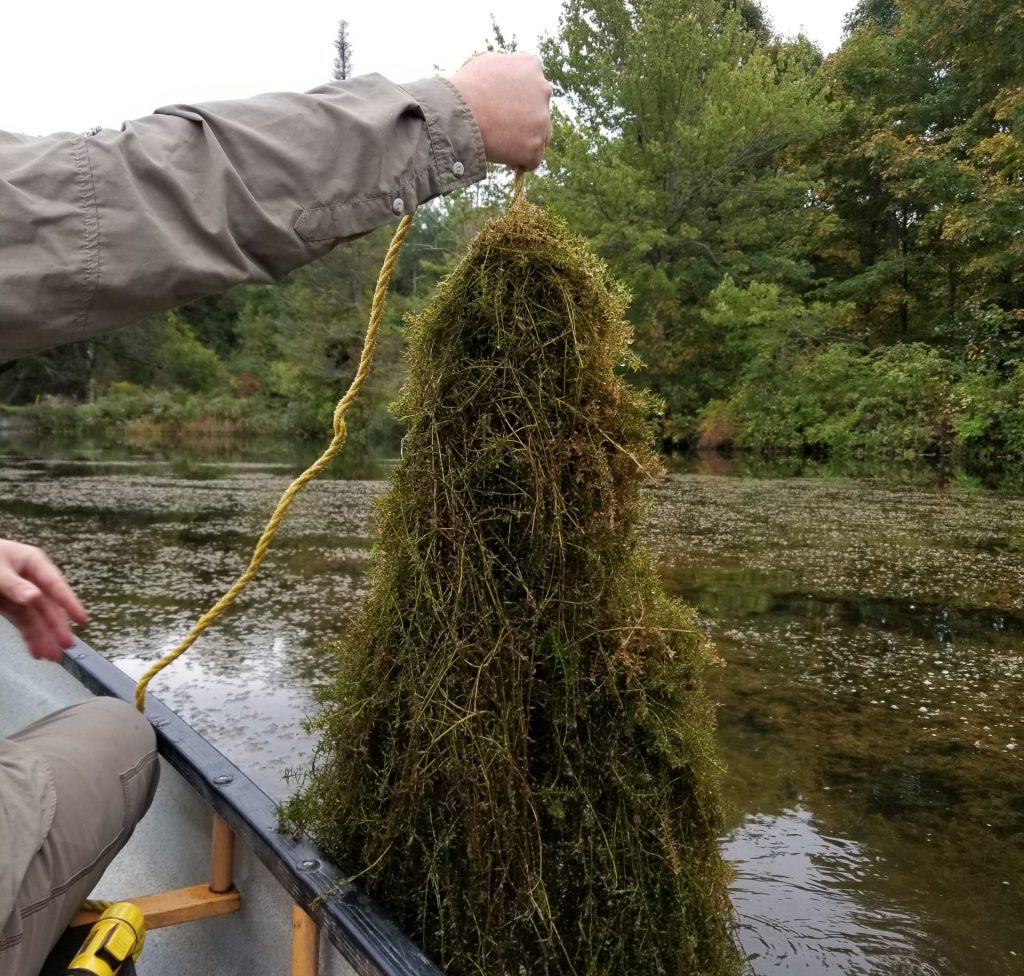
Why invasive hydrilla is harmful
Because these weeds evolved in different environments, they often outcompete native plants for sunlight, nutrients, and space. Hydrilla, a submersed plant, can grow rapidly to the water’s surface and form dense mats that block sunlight, preventing native vegetation from thriving. In addition, native wildlife typically does not feed on non-native weeds like invasive hydrilla, removing a key natural check that helps keep plant growth in balance.
Furthermore, invasive hydrilla spreads rapidly and is known to clog stormwater and aeration equipment, wrap around boat propellers, and even get tangled around the legs of unsuspecting swimmers, leading to serious safety risks.
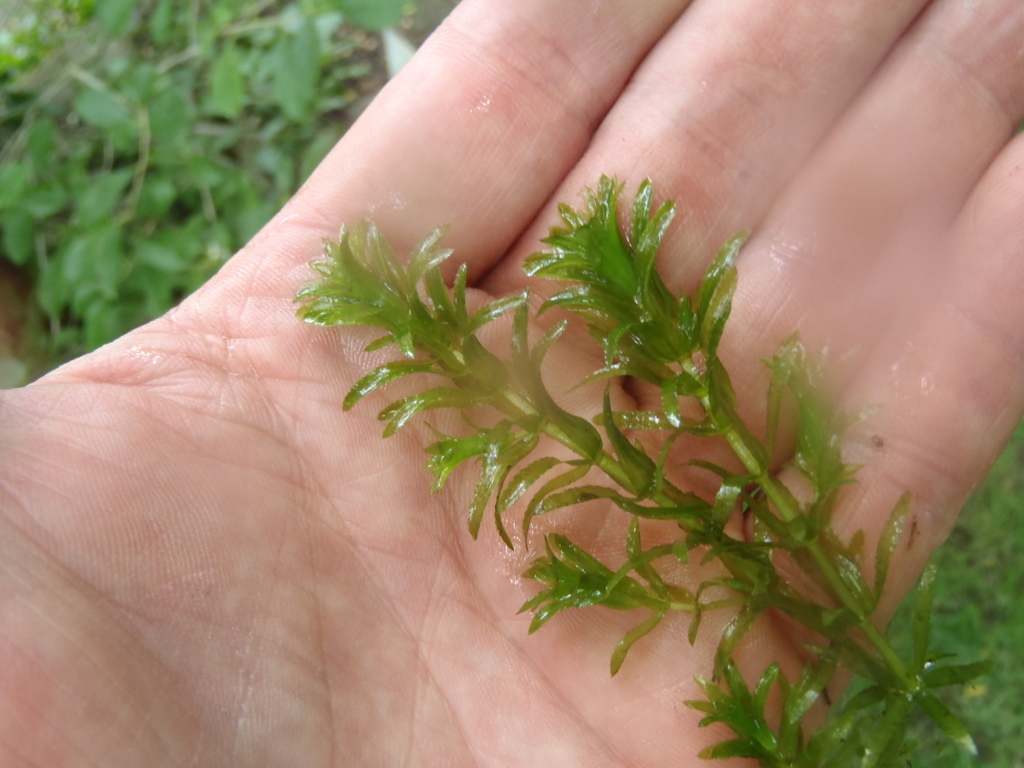
How to identify invasive hydrilla
Invasive hydrilla can be recognized by:
- Slender, branched stems that can grow up to 25 feet long
- Small, pointed leaves growing in whorls of 4 to 8
- Saw-toothed leaf edges and mid-ribs that may be sharp
- Long stalks with tiny, white flowers
- Turions (1/4 -inch buds on leaf axils) and potato-like tubers attached to roots in the mud. The tubers can lay dormant for several years before regrowing, making invasive hydrilla control very difficult.
Want to learn more about hydrilla and other nuisance and invasive aquatic weeds?
Download our FREE educational guide now!
Hydrilla control methods
There are several strategies for hydrilla control, but none are completely foolproof. Effective management often requires a combination of solutions:
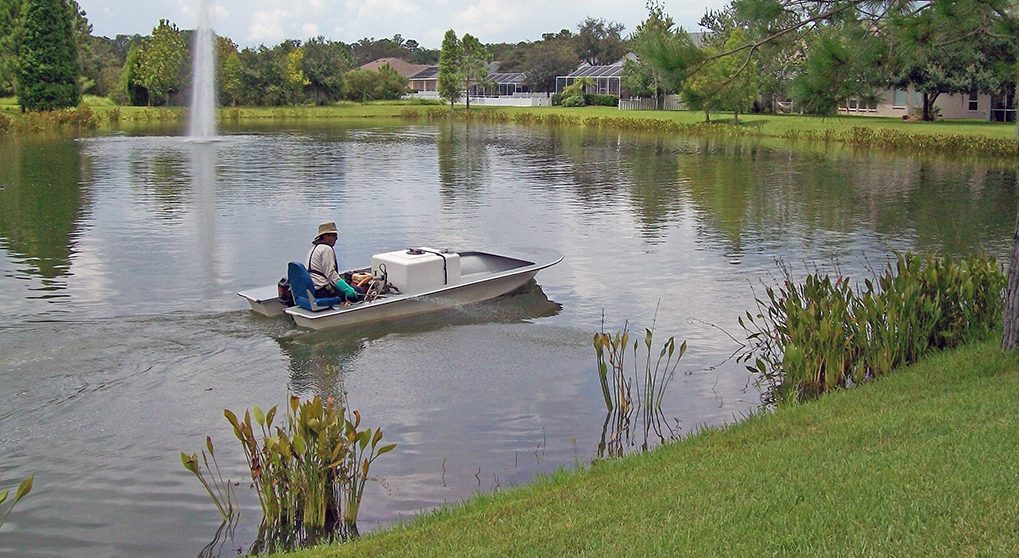
Aquatic herbicides
The most commonly used method, EPA-registered herbicides, can provide temporary relief by killing existing hydrilla. However, herbicides do not stop new growth and cannot be used as a long-term management strategy. Typically, herbicides are applied as the first step in a hydrilla control plan.

Biological control
Triploid (sterile) grass carp can be used for natural hydrilla control. The fish feed on aquatic weeds like hydrilla and can help keep infestations at bay. Note: Grass carp are considered invasive, so it’s important to abide by your state’s regulations and obtain a proper permit if necessary.
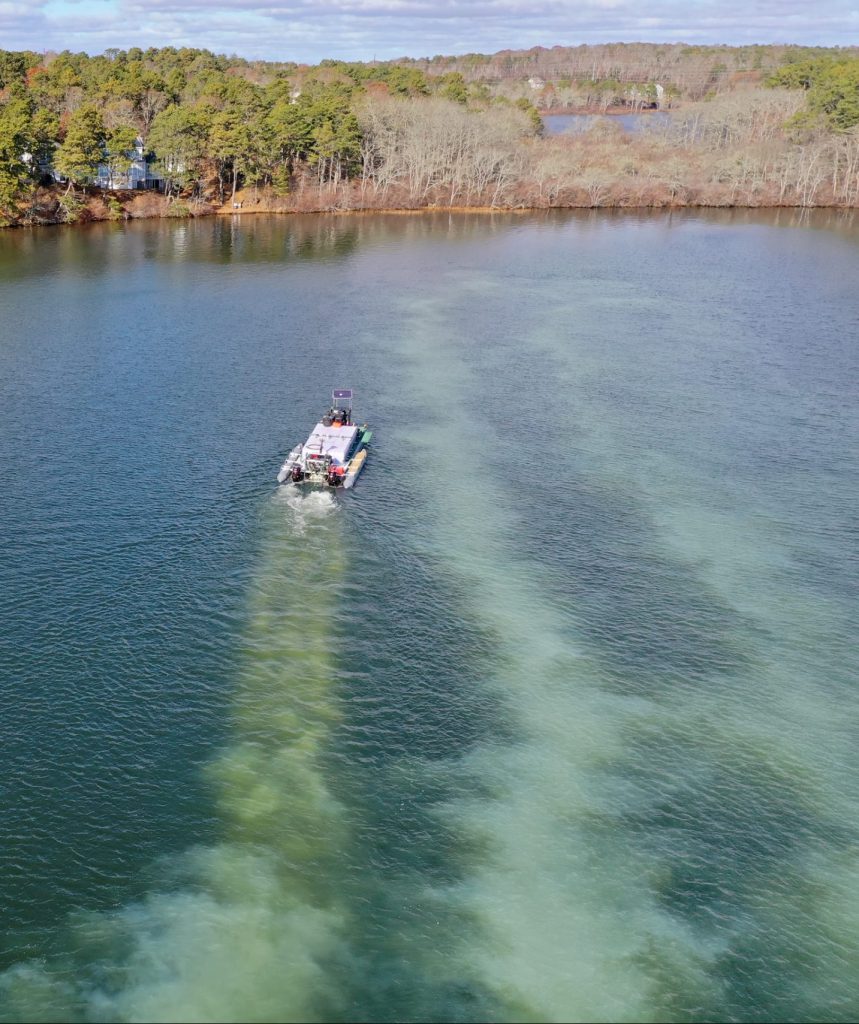
Nutrient remediation
Nutrients like phosphorus are the foundation of the food chain, but an excess of nutrients can lead to nuisance plant growth, especially among non-native species like invasive hydrilla. Nutrient remediation products can be applied to the water to help bind with or “deactivate” phosphorus, preventing it from fueling further growth.
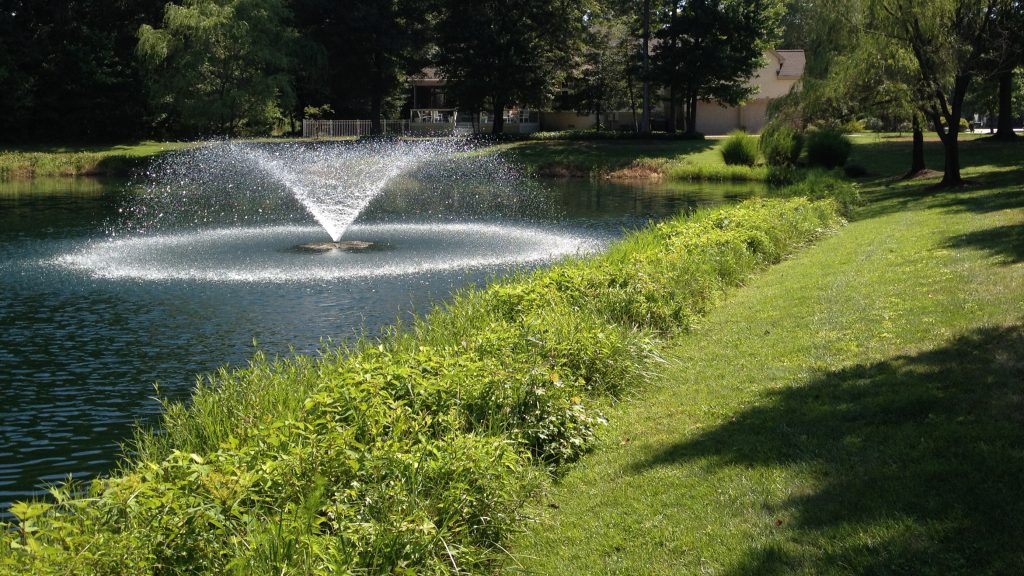
Beneficial vegetative buffers
Nutrients are naturally found in lakes and ponds, but they can also be brought in from external sources. During rainstorms, phosphorus-rich materials like fertilizer, animal waste, grass clippings are carried by rainwater as it flows towards nearby waterbodies. A well-established buffer of native vegetation around the shoreline can help capture these nutrient sources before they enter the aquatic environment.
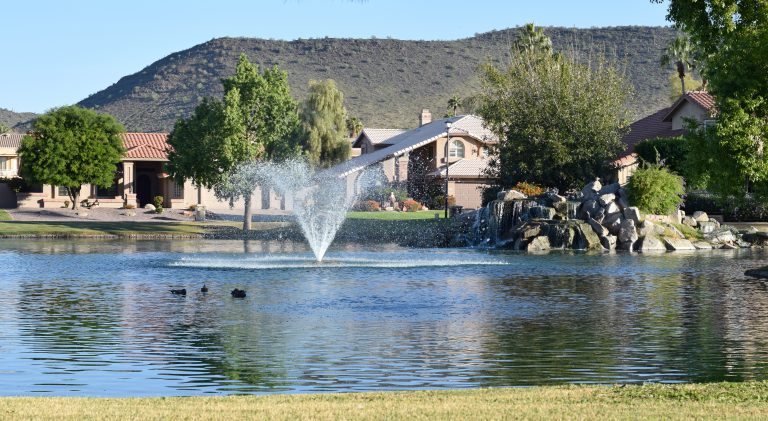
Promote healthy water quality to reduce invasive hydrilla
Other strategies like fountains and aeration, biological bacteria, and shoreline repair can also help balance water quality conditions and promote a healthier environment that’s more resilient to invasive hydrilla growth.
Hydrilla control efforts must be swift
Due to the aggressive nature of the plant, hydrilla control measures must be taken as soon as it’s identified. Through an Integrated Lake And Pond Management Program, stakeholders can rest assured that their waterbodies are inspected on a regular basis by an experienced Aquatic Expert. Contact us today to make sure your waterbody is both hydrilla and worry free this season.

